Nothing quite compares to the sweet, crisp snap of freshly harvested peas. Whether you prefer them raw, tossed into a salad, or lightly steamed as a side dish, peas are a spring garden favorite — and for good reason. They’re easy to grow, thrive in cool weather, and can enrich your soil with nitrogen for future crops. If you’ve been curious about how to plant peas and want to enjoy your own homegrown, garden-fresh produce, you’re in the right place.
In this guide, we’ll walk you through everything you need to know about planting peas — from choosing the right variety to harvesting and storage tips. Let’s get growing!

Why You Should Grow Peas
Peas are one of the earliest vegetables you can plant in your garden. They love cooler temperatures, making them ideal for early spring and fall planting in most regions. Not only are peas simple to grow, but they also offer some fantastic benefits:
- Rich in nutrients: Peas are packed with vitamins A, B, C, and K, fiber, and protein.
- Soil boosters: Peas fix nitrogen in the soil, improving its fertility for other plants.
- Space-savers: With climbing varieties, you can grow vertically, making them great for small gardens or raised beds.
- Versatile harvest: Enjoy them fresh, cooked, or even preserved by freezing.
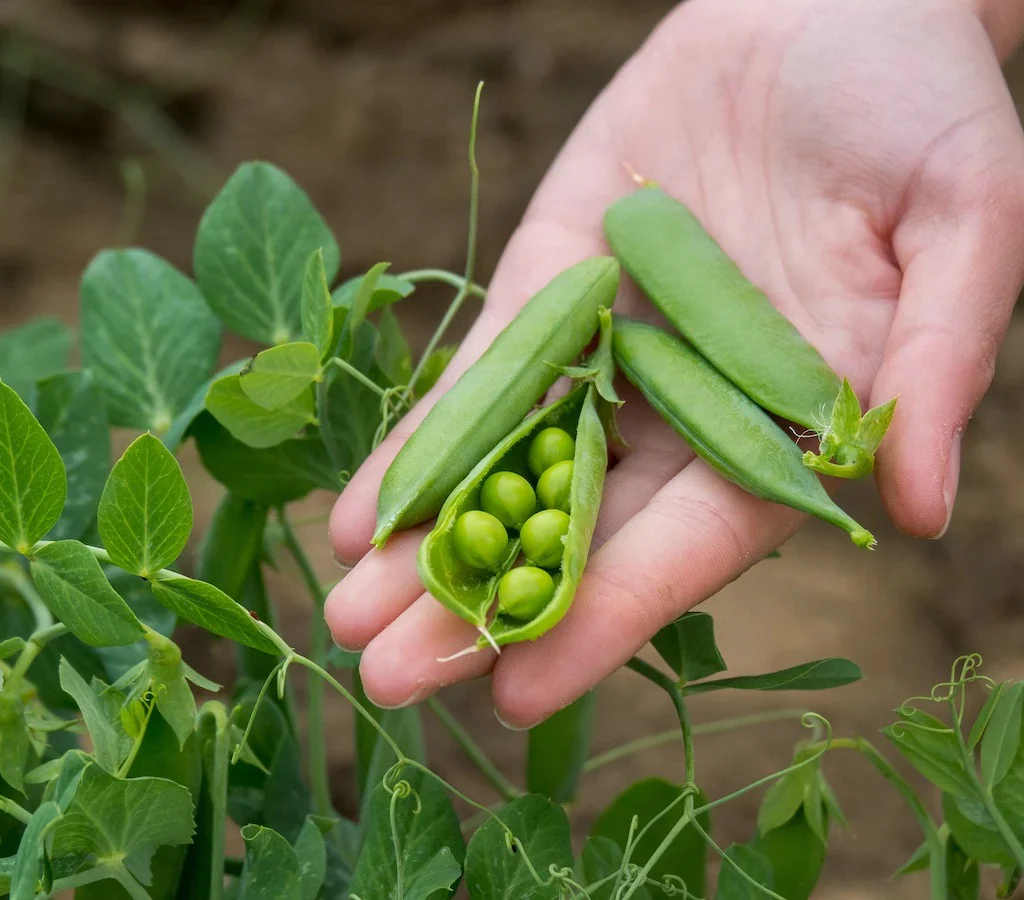
Choosing the Right Pea Variety
Before planting, decide what type of pea suits your garden and culinary preferences. There are three main types:
1. Garden (Shelling) Peas
These are classic peas, grown for the round seeds inside their pods. The pods aren’t eaten but the peas are sweet and tender. Popular varieties: ‘Green Arrow,’ ‘Little Marvel,’ and ‘Lincoln.’
2. Snow Peas
Snow peas have flat, tender, edible pods and are typically used in stir-fries or salads. They’re harvested before the peas inside fully develop. Popular varieties: ‘Oregon Sugar Pod’ and ‘Snowbird.’
3. Sugar Snap Peas
A cross between snow peas and garden peas, these have plump, edible pods and sweet peas inside. Best enjoyed fresh off the vine or lightly cooked. Popular varieties: ‘Sugar Snap’ and ‘Super Sugar Snap.’
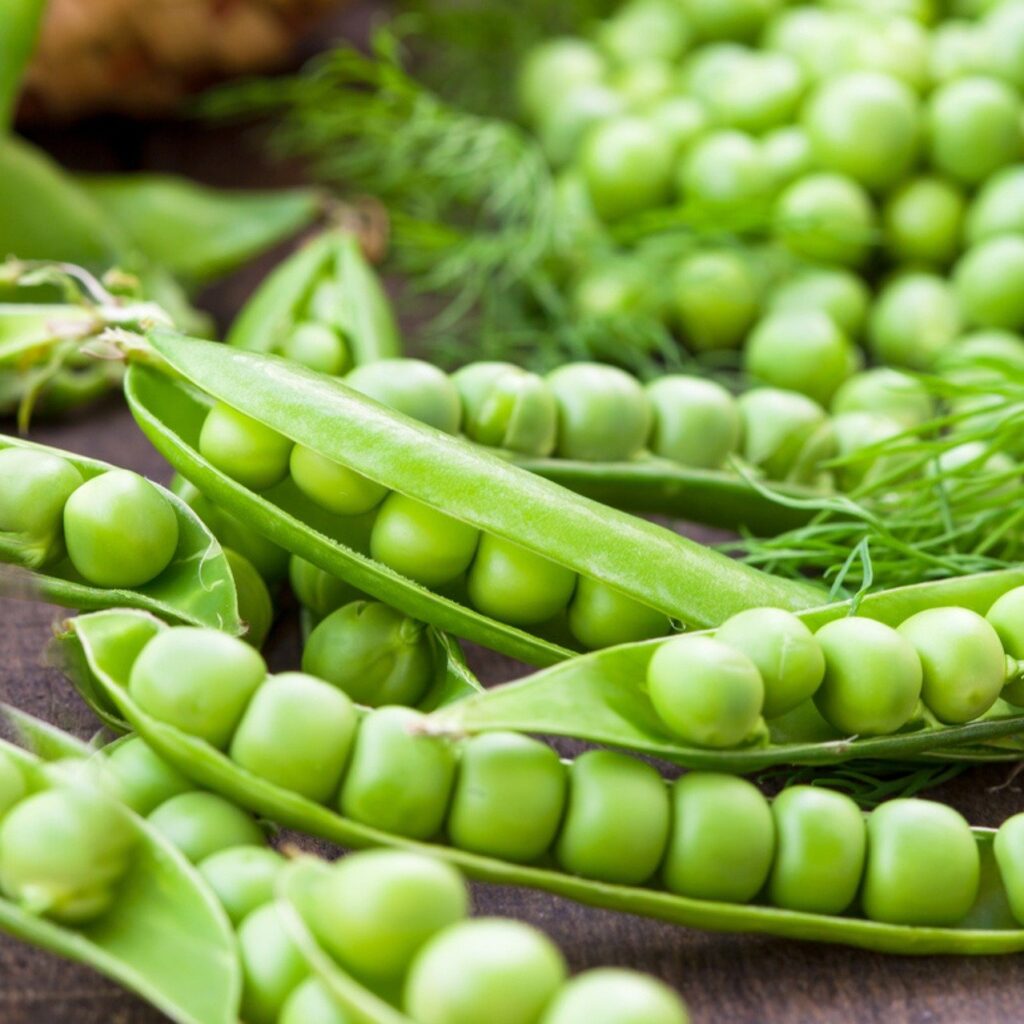
When to Plant Peas
Timing is crucial when it comes to peas. They prefer cool weather and will struggle in the heat.
- Spring Planting: Sow peas as soon as the soil can be worked, typically 4-6 weeks before your last expected frost.
- Fall Planting: In areas with mild autumns, sow peas in late summer for a fall harvest.
Ideal soil temperature for germination is between 45°F (7°C) and 75°F (24°C).
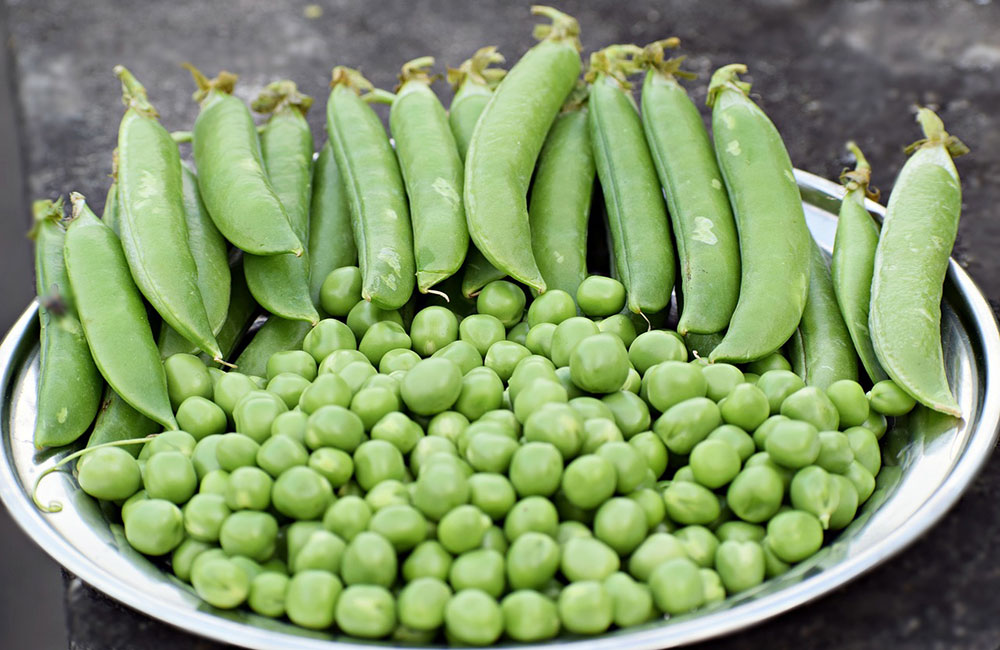
Preparing the Soil
Peas thrive in loose, well-draining soil rich in organic matter. Here’s how to get your garden ready:
- Choose a Sunny Spot: Peas need at least 6 hours of sunlight daily.
- Test and Adjust pH: They prefer a soil pH between 6.0 and 7.5.
- Add Organic Matter: Work compost or aged manure into the soil to boost fertility and improve texture.
- Avoid Heavy Nitrogen Fertilizers: Since peas fix their own nitrogen, too much can result in lush vines with fewer pods.
How to Plant Peas – Step-by-Step
What You’ll Need:
- Pea seeds
- Garden trowel
- Compost or aged manure
- Stakes, trellis, or netting for climbing varieties
1. Soak the Seeds (Optional)
For quicker germination, soak pea seeds in water for 8–12 hours before planting.
2. Plant the Seeds
- Sow seeds 1 inch deep and 2 inches apart.
- Space rows 18–24 inches apart.
- For bush varieties, you can plant in wide rows for a denser harvest.
3. Provide Support
Most pea varieties, especially sugar snaps and garden peas, benefit from trellises, netting, or stakes. Set up your supports when planting to avoid disturbing roots later.
Caring for Your Pea Plants
Watering
Peas need consistent moisture, especially when flowering and podding. Water deeply once or twice a week, keeping the soil evenly moist but not waterlogged.
Mulching
Apply a light mulch of straw or compost to retain moisture, regulate soil temperature, and suppress weeds.
Fertilizing
In general, peas require minimal fertilization. A side dressing of compost mid-season can boost yields. Avoid high-nitrogen fertilizers.
Weeding
Keep the area around your peas weed-free to minimize competition for nutrients and water.
Common Pests and Problems
While peas are relatively low-maintenance, watch out for:
- Aphids: Small green or black insects that cluster on new growth. Use insecticidal soap or a strong water spray.
- Powdery Mildew: A white, powdery fungus on leaves, common in humid conditions. Provide good air circulation and remove affected plants.
- Root Rot: Caused by overly wet soil. Ensure good drainage and avoid planting in poorly-drained areas.
Harvesting Peas
Knowing when and how to harvest your peas ensures the best flavor and texture.
- Garden Peas: Pick when pods are bright green, plump, but before they harden.
- Snow Peas: Harvest when pods are flat but fully grown, before seeds start to swell.
- Sugar Snap Peas: Pick when pods are firm, crisp, and peas inside are developed but tender.
Use two hands when harvesting to avoid damaging vines — one to hold the vine and one to gently pull off the pod.
Storing and Using Fresh Peas
- Garden peas: Shell and use immediately for best flavor. They can be blanched and frozen for later.
- Snow peas and sugar snap peas: Store in a plastic bag in the refrigerator for up to a week.
Peas are delicious raw, steamed, sautéed, or added to soups, salads, and stir-fries.
Pro Tips for Growing Perfect Peas
- Rotate crops annually to prevent soil-borne diseases.
- Add pea inoculant (Rhizobium bacteria) to seeds before planting to enhance nitrogen fixation and yields.
- Avoid overwatering — peas dislike soggy soil.
- Harvest frequently to encourage more pod production.
Final Thoughts
Peas are one of the most rewarding crops for gardeners of all experience levels. They’re quick to sprout, delightful to harvest, and their fresh, crisp flavor is unmatched by anything you’ll find in a grocery store. With a little care and timing, you’ll be enjoying sweet, homegrown peas from your garden in no time.
So grab your seeds, prep your soil, and plant some peas this season — your taste buds (and your garden soil) will thank you!

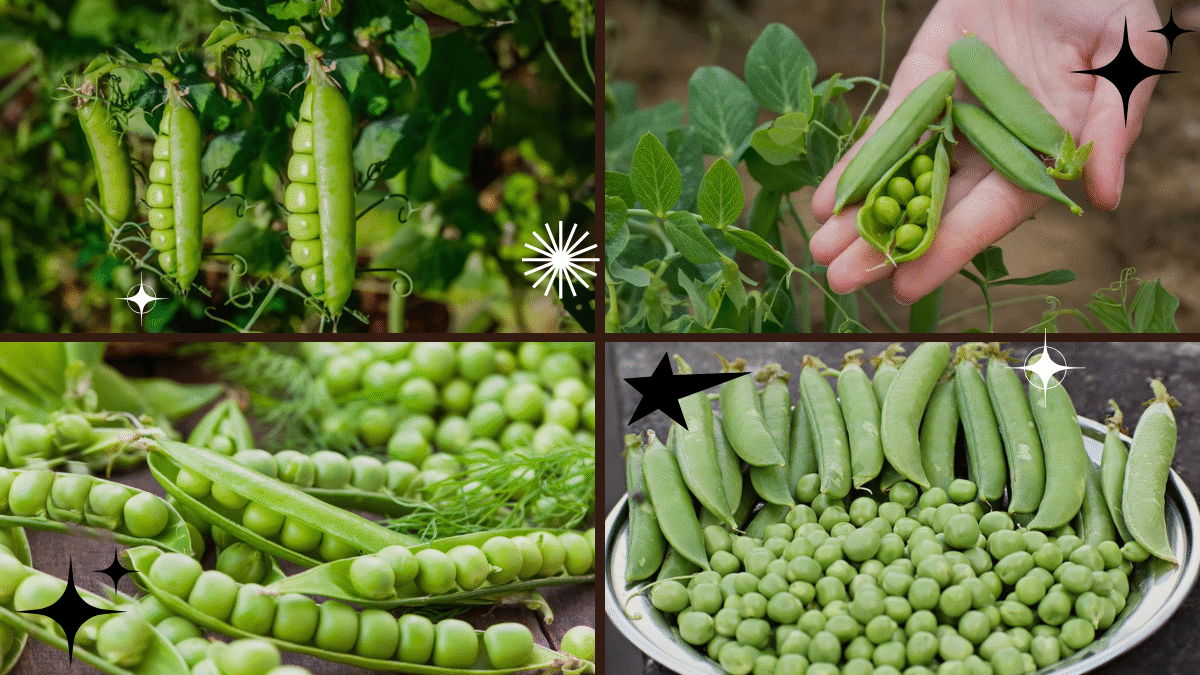


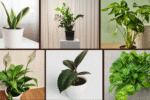
Leave A Comment